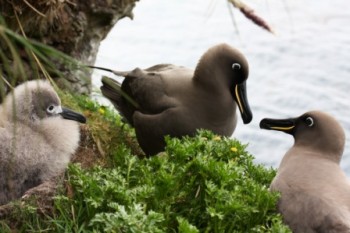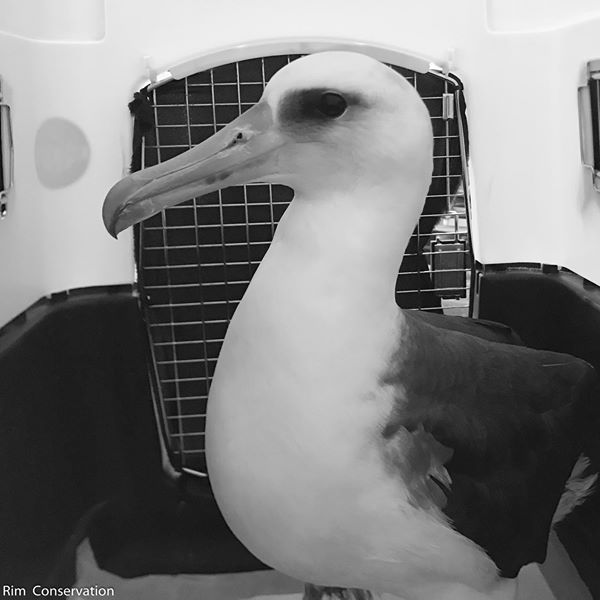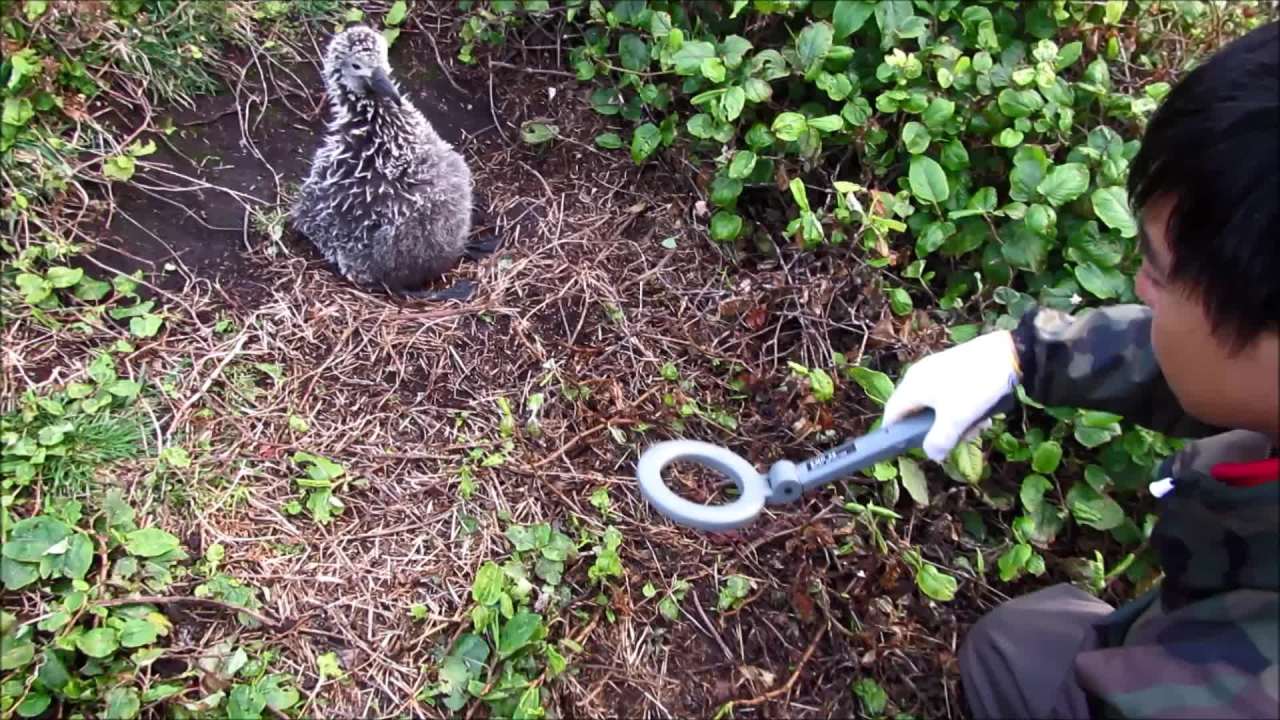Peter Ryan (FitzPatrick Institute, University of Cape Town, South Africa) has published in the Marine Pollution Bulletin on avian entanglements from discarded materials. Thirty-six per cent of seabird species have been recorded entangled by plastic litter, mainly derived from fishing. 55% (17 of 31) of the ACAP-listed species have been reported entangled, including 12 albatross species and both giant petrels Macronectes. Two of the five Procellaria petrels have been so reported.
The paper’s abstract follows:
“Entanglement of animals is one of the main environmental impacts of waste plastic. A 2015 review of entanglement records found that the proportion of affected seabirds increased from 16% of species to 25% over the last two decades. However, this was restricted to published records; Google Images and other web-based sources indicate that at least 147 seabird species (36%), as well as 69 freshwater birds (10%) and 49 landbirds (0.5%) from 53 families have been entangled in plastic or other synthetic materials. Fishing gear is responsible for entangling most species (83%), although it is often difficult to differentiate entanglement from bycatch on active gear. Mitigation measures include banning high-risk applications where there are alternatives (e.g. six-pack rings), discouraging the use of high-risk items (e.g. balloons on strings, ‘manja’ kites), and encouraging fishers to not discard waste fishing gear by providing specific receptacles and associated educational signage in fishing areas.”

A beached Black-footed Albatross Phoebastria nigripes carcass found entangled by a balloon string (click here)
Reference:
Ryan, P.G. 2018. Entanglement of birds in plastics and other synthetic materials. Marine Pollution Bulletin doi.org/10.1016/j.marpolbul.2018.06.057. (Species information is in a supplementary table).
John Cooper, ACAP Information Officer, 23 July 2018

 English
English  Français
Français  Español
Español 




